A Romanian town is attempting to hijack an Austro-Hungarian military cemetery in Transylvania which is taken care of by local Székely-Hungarian community since WWI. The Hungarian community is fighting back, but rows of concrete crosses and a Romanian monument have already been erected on the site.
The council of Dărmănești (Dormánfalva in Hungarian) – a small town with 8,600 inhabitants in Bacău (Bákó in Hungarian) County – recently set up Romanian war graves and a monument in a Hungarian military graveyard in the Úz Valley, on the territory of the neighboring County Hargita/Harghita. According to their plans they will inaugurate the monument and the crosses with a military parade on 17. May 2019. The news caused great indignation in Székelyföld among Székely-Hungarians because the “only” problem with this, that in the cemetery which was founded by Austrians and Hungarians in 1917, not even one Romanian soldier is buried. On the other hand 650 Hungarian, Austrian and German soldiers rest in peace in this cemetery which belongs officially to Csíkszentmárton (Sânmartin in Romanian) a small Székely village with 1200 inhabitants (98% of them Hungarians).
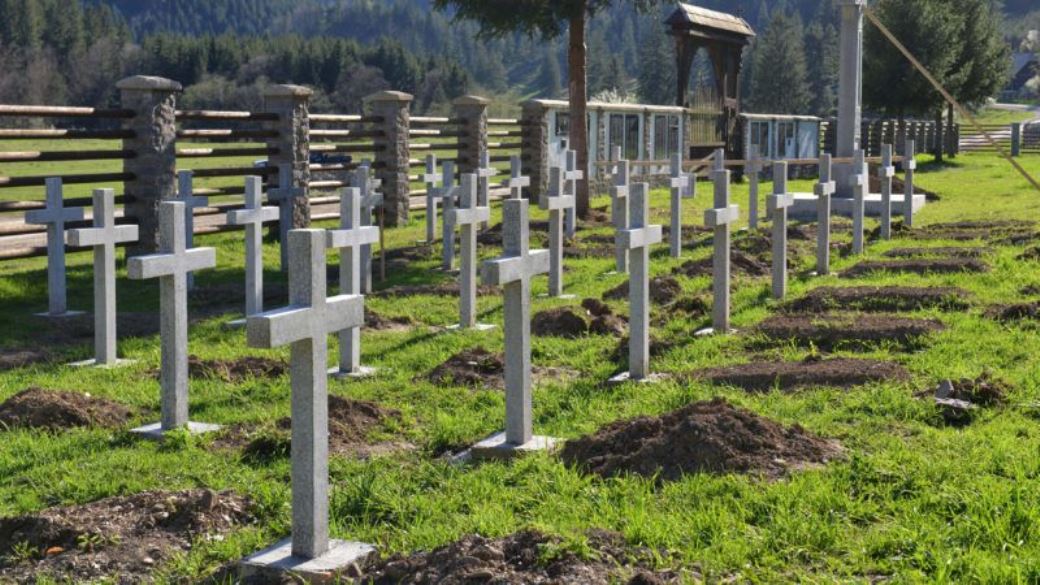
“A piece of my soul was torn out, when I saw what happened.”
The news break out when the Székely Derring-do Traditionalist Society posted about it on their Facebook page last Sunday. The president of the organization Kevend Jakab told to uh.ro that: “I was shocked when I visited the scene yesterday. I was collecting materials and information all night long to understand what has happened. Each year we organize a five-day long horse riding tour with my friends on the 26. August. A piece of my soul was torn out, when I saw what happened. I want the whole world to know about it.”
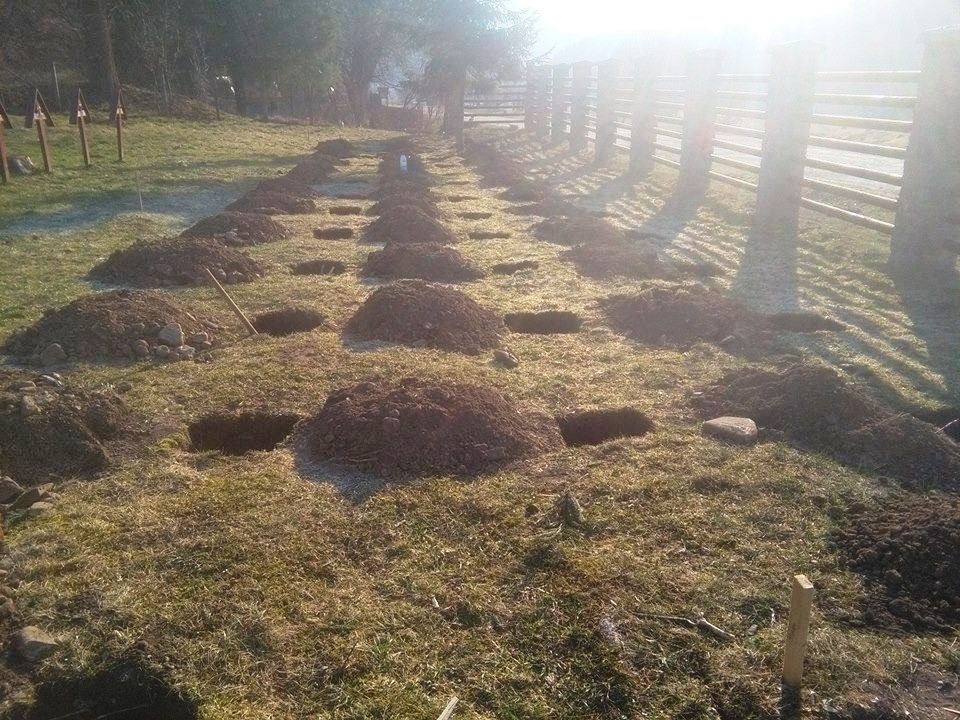
The Úz Valley Military Graveyard is a disputed territory which claimed it for their own by both Dărmănești and Csíkszentmárton “The dispute has been going on for years” – stated Major of Csíkszentmárton, András Gergely to székelyhon.ro. He said that -according to the law- Úz Valley administratively belongs to Csíkszentmárton, and according to a government decree from 2010, the cemetery is also the village’s public property, and this is what now Dărmănești attempts to “acquire”. The cemetery – which has always been taken care through the last one hundred years by Csíkszentmárton – was in good condition when Dărmănești won a 200.000 RON grant (42.000 EUR) for “renovation works” as part of the Centenary programs of last year.
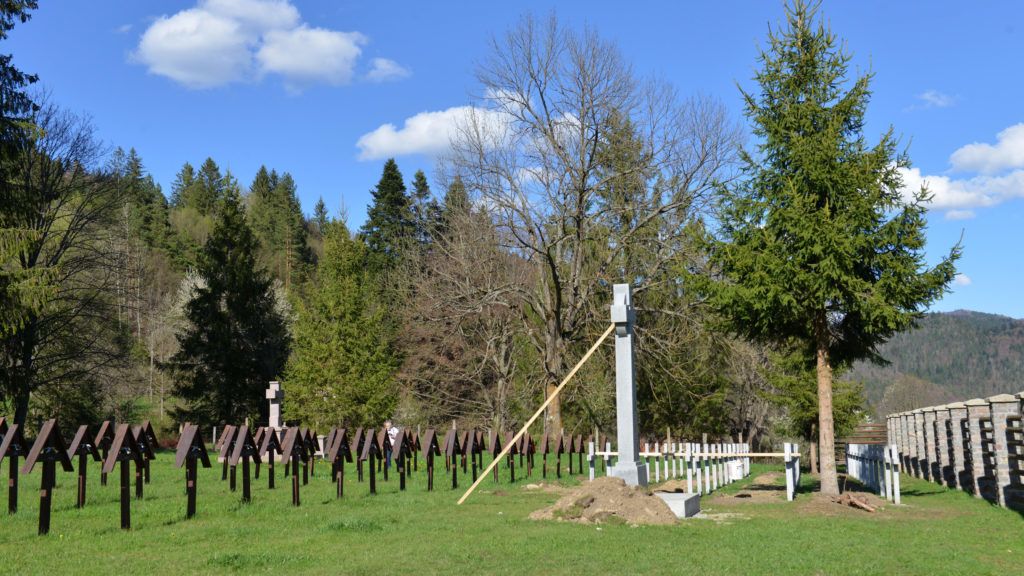
“It was easier to set up a Romanian parcel in a well-manicured cemetery than to create a new one.”
In András Gergely’s opinion, the whole case is nothing else than another “history manufacturing” attempt because they have created a Romanian cemetery at a place where not even one Romanian soldier is buried: “Obviously it was easier to set up a Romanian parcel in a well-manicured cemetery than to create a new one. Moreover, they set up the stone crosses on a promenade, where nobody is buried at all. As we see, their purpose is to hold the statue dedication under any circumstances on May 17. But officially it won’t mean anything, it is only a symbolic provocation towards us (Székely-Hungarians), showing that they don’t even respect our dead. It is a very infamous solution, because if they would have wanted a Romanian cemetery so much – from that money – they could have tracked down the actual graves of Romanian soldiers and build their cemetery and monument there. And also if they would have reached me in a civilized way, that they would like to set up a Romanian monument in the Úz Valley cemetery – because Romanian soldiers were also fighting in the area -, I’m sure we could have find some solution” – said the major. “We are too small for this case, this is why we have informed those people who we can hope effective help from. The Hungarian Ministry of Defense already made the necessary steps, but it seems there are no results yet,” he said.
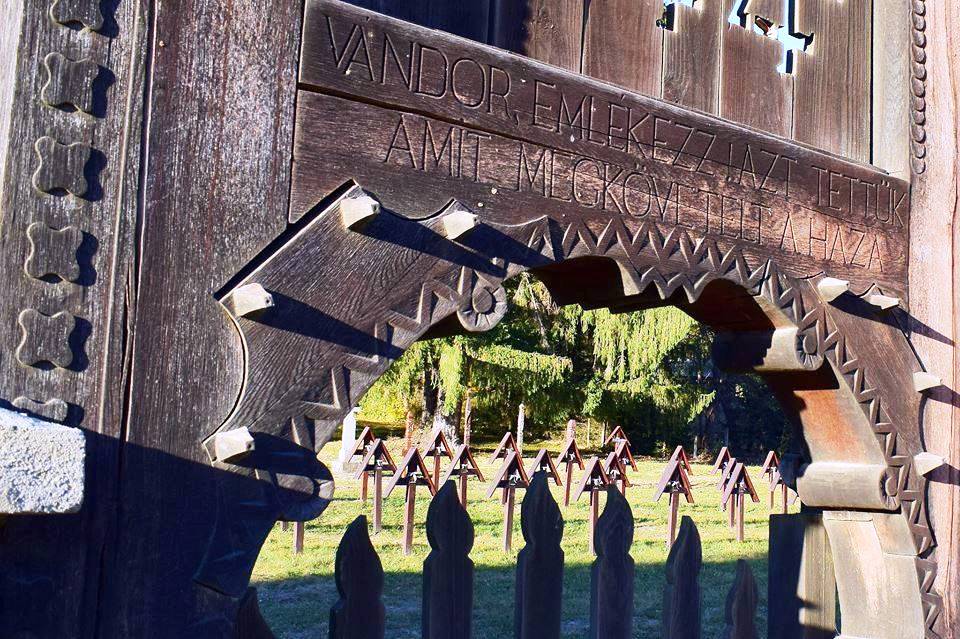
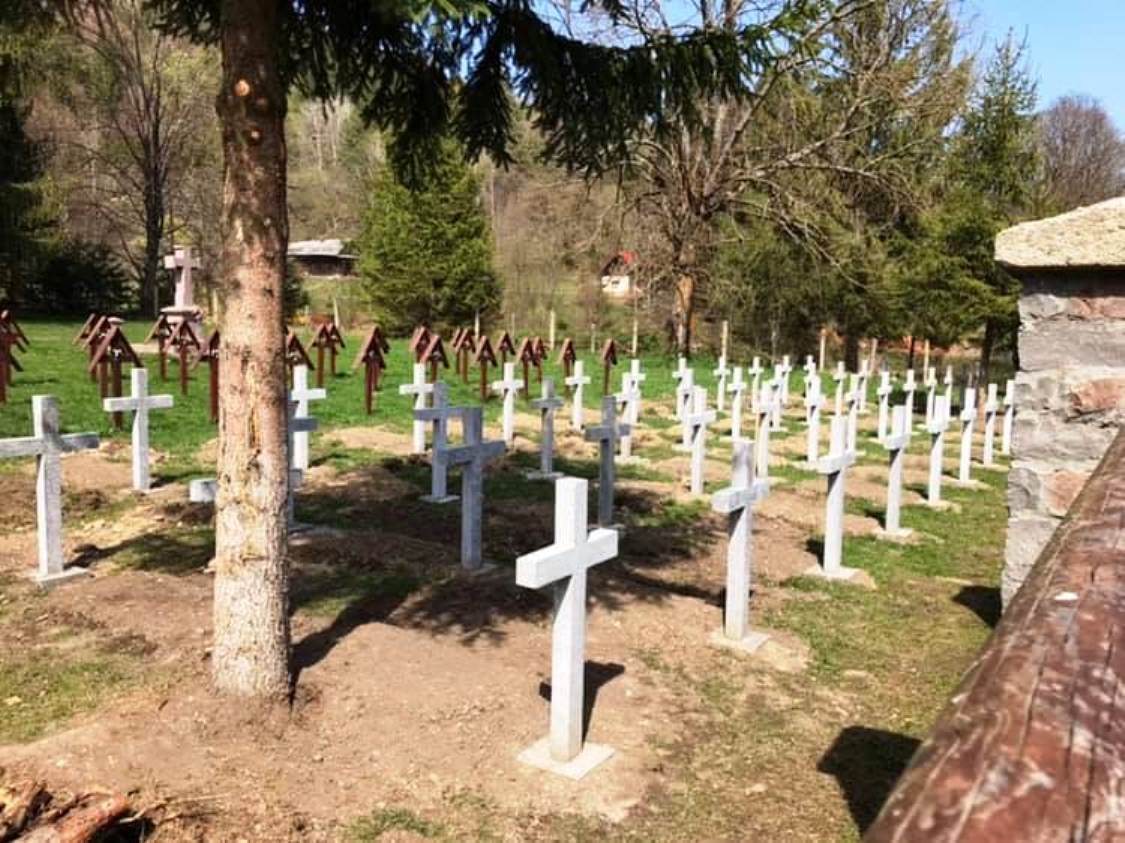
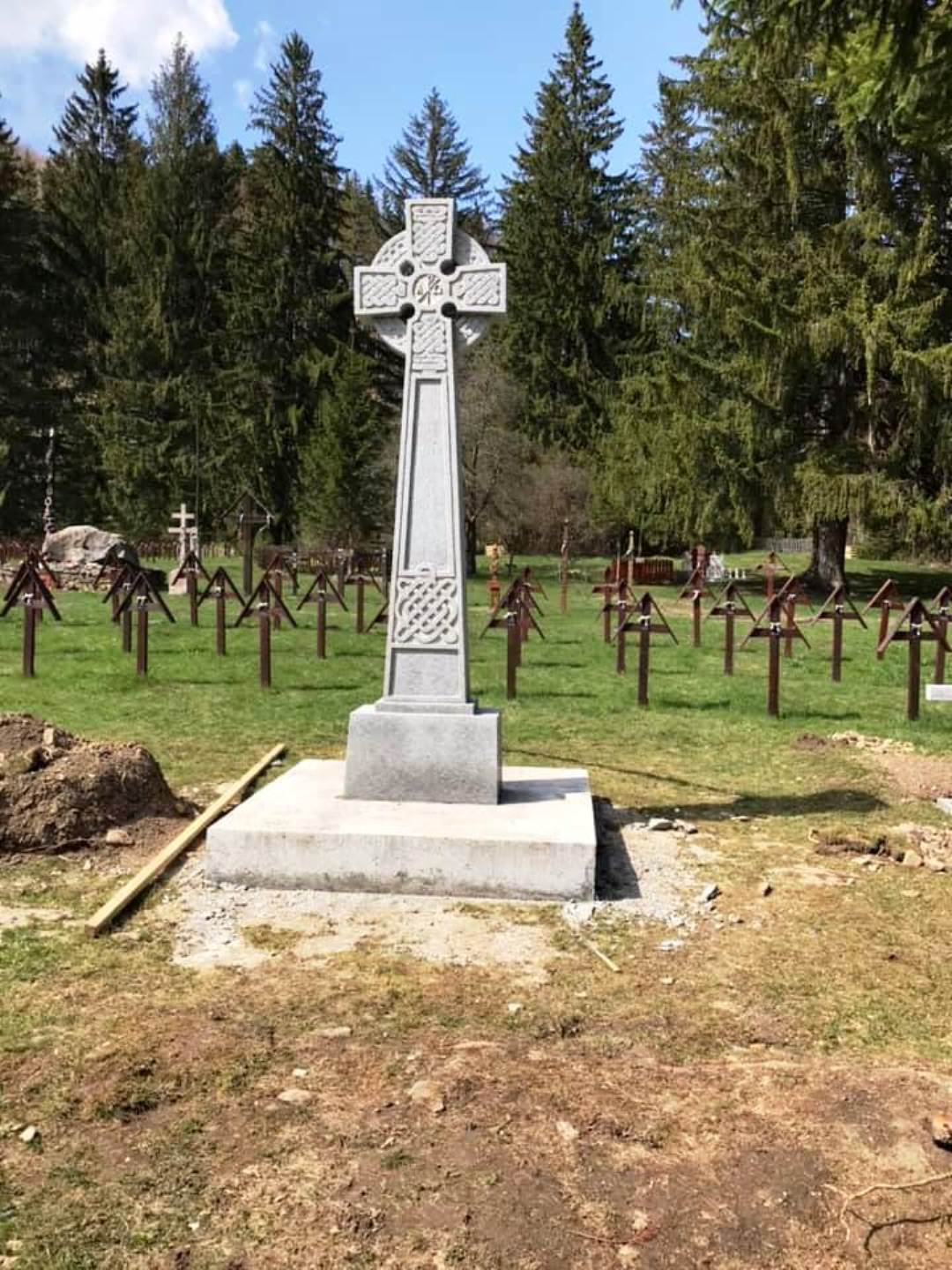
Title image: Hungarian military graveyard in the Úz Valley in April 2019. In the background graves of the Hungarian (and Austrian and German) soldiers – died here in WWI and WWII – can be seen, while in the foreground the new concrete Romanian crosses and monument, however not even one Romanian soldier is buried here. (Photo: Székely Derring-do Traditionalist Society Facebook)
Update: Multinational delegation visits Úz Valley military graveyard